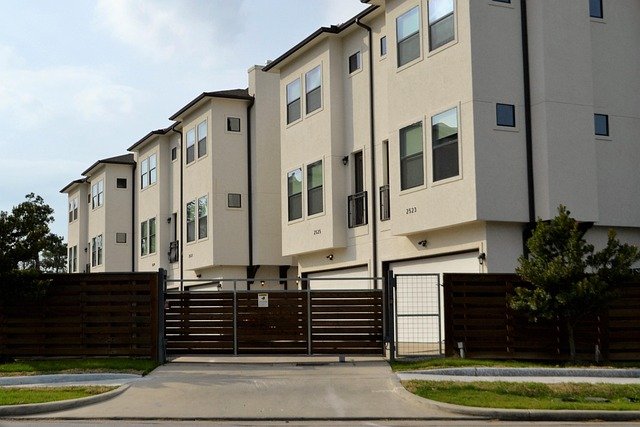Micro-Apartments: The Next Big Thing in Urban Real Estate
In the bustling heart of metropolitan areas, a new trend is reshaping the landscape of urban living. Micro-apartments, compact living spaces typically ranging from 200 to 400 square feet, are gaining traction as a viable solution to the housing crunch in major cities. This innovative approach to urban dwelling is not just a passing fad but a reflection of changing lifestyle preferences and economic realities. As property prices soar and city populations grow, these tiny abodes are becoming increasingly attractive to young professionals, students, and even some empty nesters looking to downsize.

The appeal of micro-apartments lies in their ability to offer affordable housing options in prime locations. By sacrificing square footage, residents can enjoy the benefits of living in the heart of the city without the hefty price tag typically associated with urban real estate. This trade-off is particularly attractive to millennials and Gen Z, who often prioritize experiences and location over spacious living quarters.
Design Innovations in Small-Scale Living
Architects and interior designers are rising to the challenge of creating functional and aesthetically pleasing micro-apartments. The key lies in maximizing every inch of available space through clever design solutions. Multi-functional furniture, such as Murphy beds that transform into desks or dining tables, and built-in storage units that blend seamlessly with the walls, are common features in these compact homes.
Some developers are pushing the boundaries even further by incorporating cutting-edge technology into their micro-apartment designs. Smart home systems that control lighting, temperature, and even transform living spaces at the touch of a button are becoming increasingly common. These high-tech additions not only enhance the functionality of small spaces but also appeal to the tech-savvy demographic that typically gravitates towards micro-living.
Economic Implications for Real Estate Investors
For real estate investors, micro-apartments present an intriguing opportunity. The potential for higher rental yields per square foot makes these properties attractive investments, particularly in cities with high housing demand. Additionally, the lower entry cost for micro-apartments compared to traditional units allows investors to diversify their portfolios across multiple properties.
However, investors should be aware of the potential risks associated with this niche market. Zoning laws and building codes in some cities may not yet be adapted to accommodate micro-apartments, which could lead to regulatory hurdles. Furthermore, the long-term resale value of these properties remains uncertain, as it’s unclear how sustainable the demand for such small living spaces will be in the future.
Impact on Urban Development and Planning
The proliferation of micro-apartments is prompting city planners and policymakers to reconsider traditional approaches to urban development. As these compact living spaces become more prevalent, there’s a growing need to adapt public spaces and amenities to complement the micro-living lifestyle. This includes the development of shared community spaces within apartment complexes and the enhancement of public parks and recreational areas to serve as extensions of residents’ living rooms.
Some cities are also exploring changes to zoning laws to accommodate micro-apartment developments. By allowing for higher density housing in certain areas, city officials hope to address housing shortages and make urban living more accessible to a broader range of residents. However, these changes are not without controversy, as some community groups express concerns about overcrowding and the potential strain on local infrastructure.
The Future of Micro-Apartments in the Real Estate Market
As urban populations continue to grow and housing affordability remains a pressing issue, micro-apartments are likely to play an increasingly significant role in the real estate market. The concept is already evolving, with some developers experimenting with modular designs that allow residents to expand or contract their living space as needed. This flexibility could make micro-apartments appealing to a wider demographic, including small families and individuals who work from home.
The success of micro-apartments in the long term will depend on several factors, including shifts in cultural attitudes towards space and possession, advancements in space-saving technologies, and the ability of cities to adapt their infrastructure to support high-density living. As the real estate industry continues to innovate and respond to changing consumer preferences, micro-apartments may well become a staple of urban housing portfolios.
In conclusion, micro-apartments represent a fascinating intersection of real estate trends, demographic shifts, and technological innovation. As this market segment continues to evolve, it will undoubtedly shape the future of urban living and present new opportunities and challenges for real estate professionals, investors, and city planners alike. Whether micro-apartments become a lasting fixture of the urban landscape or a transitional solution to current housing challenges remains to be seen, but their impact on the real estate market is undeniable.





